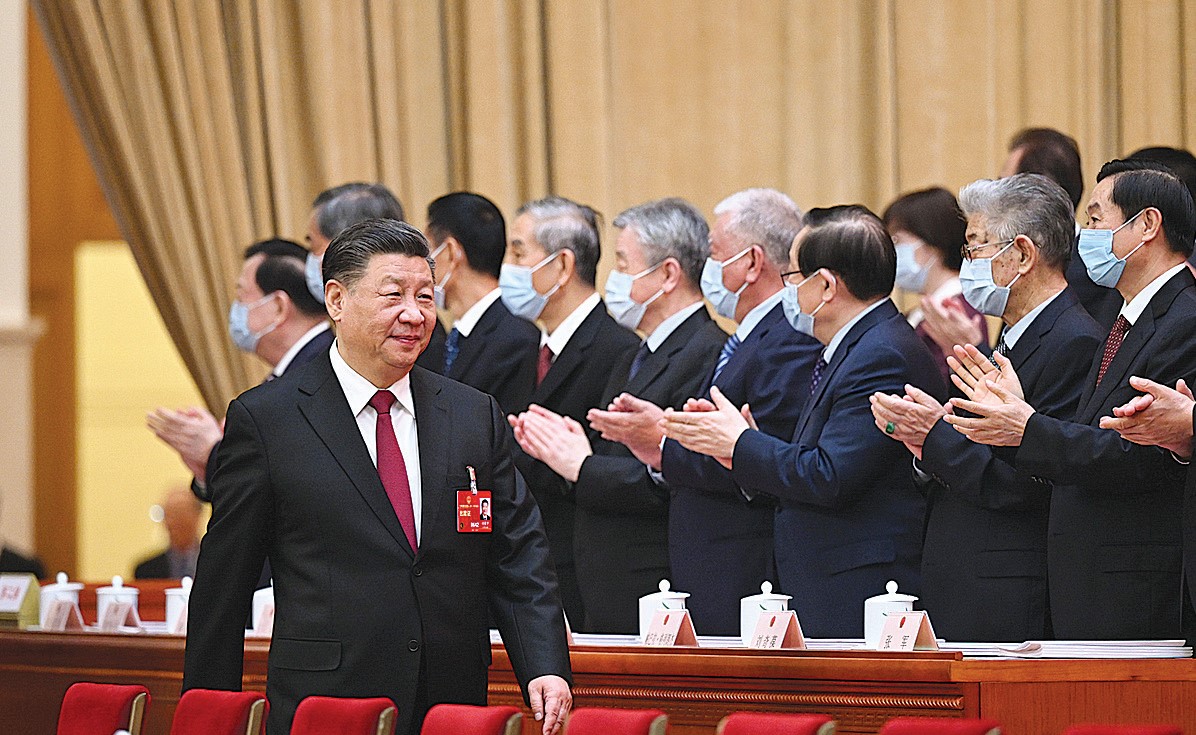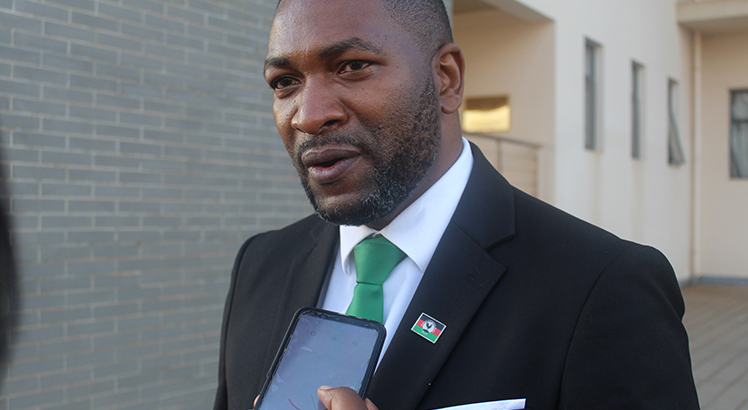Gender justice in 30-year-old democracy
Malawians overwhelmingly voted for multiparty democracy on June 14 1993, raising high expectations of change in all aspects including the push for gender equality.
With the fall of the male-dominated dictatorship, many women, who were mostly confined to singing and dancing for founding president Hastings Kamuzu Banda and his right hand men, were emboldened not only to speak against social ills that infringed on their rights, but also break the glass ceilings that impeded their progress in national governance.
The coming in of multiparty politics—symbolised by a lamp in the decisive referendum—led to the sprouting of non-governmental organisations that promoted equal opportunities for men and women.
The rise of women activists opposed to a culture of silence and secrecy quietly challenged girls to stop looking down upon themselves and compete for equal space with boys.
Three decades on, some think the country has achieved milestones in expanding women’s space in various spheres of public life, including economics and civil society while others say progress remains scanty and more needs to be done.

Veteran campaigner Emma Kaliya recalls the dark days when she alongside the like of veteran lawyer Vera Chirwa, younger attorney Seodi White, the late Reene Kachere and Emmie Chanika were being denounced as uncultured prostitutes for fearlessly advocating for a new Malawi where men and women should be treated equally.
The outspoken old-timer argues that since the transition from Banda’s one-party system of government, the nation has attained several milestones in gender equality with a push for more reforms.
She says: “If you compare with the old days in terms of participation, men and women are competing for space, as each one of us wants to show our capacity to deliver.
“But also in terms of education, there are so many women now that have gone to school, have qualifications as compared to the past when there were more men than women professionals.”
Education attainment, especially the push to keep girls in school until their stellar dreams come true, is key to achieving the legally desired representation in public roles.
The Gender Equality Act of 2012 requires no gender to occupy more than 60 percent of seats in public institutions and training institutions, which falls below the regional standards.
Malawi is a signatory of the Southern African Development (Sadc) gender and development protocol, which prescribes equal representation of men and women in decision-making positions, including elected positions.
However, Kaliya says the country still has a long way to achieve the 50-50 representation often dialled up in the run-up to national elections.
She calls on government to open up more spaces for women and girls to participate in all sectors.
“A lot of girls are getting married before they finish their education, this is draining the numbers of those expected to occupy pivotal positions in future. This is a bottleneck that is bringing us back,” Kaliya explains.
Concurring, Faustus Chirwa, gender advocate and founder and board member for the National Women’s Lobby Group, says the fight for gender equality is progressing well in both the public and private sectors.
“In terms of promoting women to top positions, we talk of women taking up positions as principal secretaries, judges and more. However, we can continue lobbying government for more to be done,” she states.
However, Chirwa lamented low funding for gender-related civil society organisations, saying this slows efforts to promote women’s participation and representation in those decision-making positions.
She adds: “The NGO Regulatory Authority is very prohibitive, fees are exorbitant, the political environment is not attractive and women are not expressing interest or being supported to take up big positions, especially in politics where they choose to just be dancers.”
Malawi Human Rights Commission (MHRC) executive secretary Habiba Osman is one of the faces of women representation in key government institutions. She heads the commission established by the Constitution not only to protect and promote the enjoyment of human rights but also investigate rights violations, even by the State.
Osman says the push for gender equality is a losing battle unless the government observes the gender quotas stipulated in Section 11 of the Gender Equality Act.
She is worried that the yardstick stated in the section remains largely unachieved even in public appointments.
However, the MHRC chief says the population of women space in public space is expanding in the country.
For instance, says Osman, there are 44 women lawmakers in the 193-seat Parliament, up from 33 in 2014.
The seats occupied by women represent 23 percent of the National Assembly, up from 17 percent.
“Besides, there are 11 women in the current Cabinet of 27 ministers, representing 40.7 percent as opposed to a 2019 Cabinet that had five women ministers out of 24, representing 20.8 percent,” she explains.
Osman further cites a 33.3 percent women representation in the committees of Parliament, the appointment of Financial Intelligence Authority director general Jean Priminta and her Anti-Corruption Bureau (ACB) counterpart Martha Chizuma.
According to MHRC, there are 1 710 men and 680 women decision makers in the civil service as well as 51 men and 25 women in the Judiciary.
Beyond the public service, there are 76 women heading non-governmental organisations in Malawi.
However, the disparity could be symptomatic of gender imbalances when it comes to enrolment for higher education as few girls make it beyond secondary school.
As required by the country’s top gender law, the selection to public university ought to meet the 60:40 ration, but it remains wanting.
Figures from the commission shows the closest ratios some universities came to meeting this legal requirement was 38:62 in 2018/19 academic year and 35:65 for 2022, all in favour of male learners.
Besides, some higher learning institutions maintain programmes that are skewed to sciences, hence take less in Humanities and Arts which most females qualify for.
Similar sentiments were raised by Women Legal Resources (Worlec) executive director Maggie Kathewera-Banda who commends the expanding women’s space and representation in vital sectors.
Other challenges in achieving equal representation of women and men include haphazard implementation of the Gender Equality Act, lack of political willpower to further expand the inclusion of women at all levels, low education levels, lack of empowerment and high poverty levels.
While wins include the implementation of laws and policies such as the Gender Equality Act and the Deceased Estates (Wills, Inheritance and Protection) Act which promote women’s equal integration and access and control of property.





